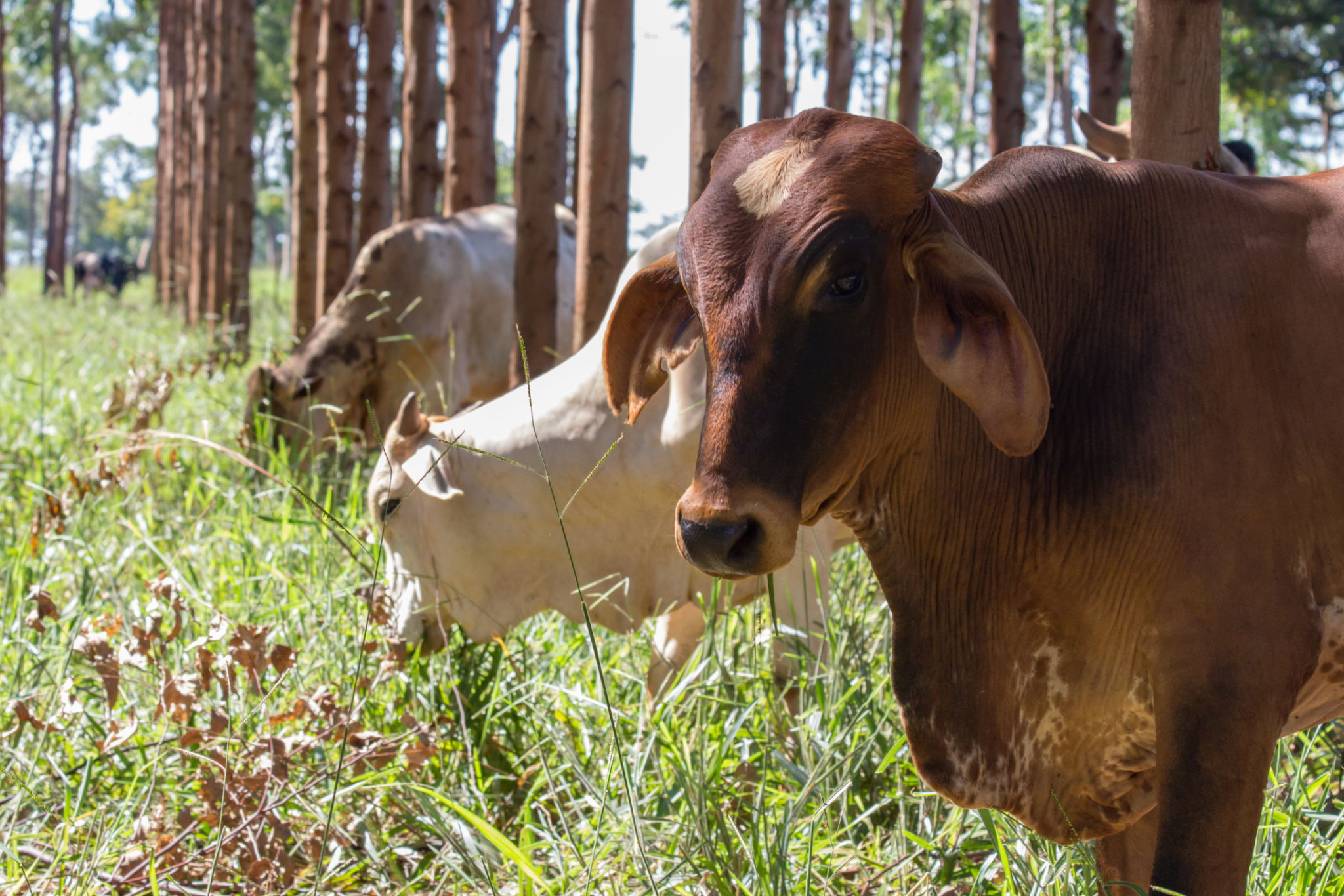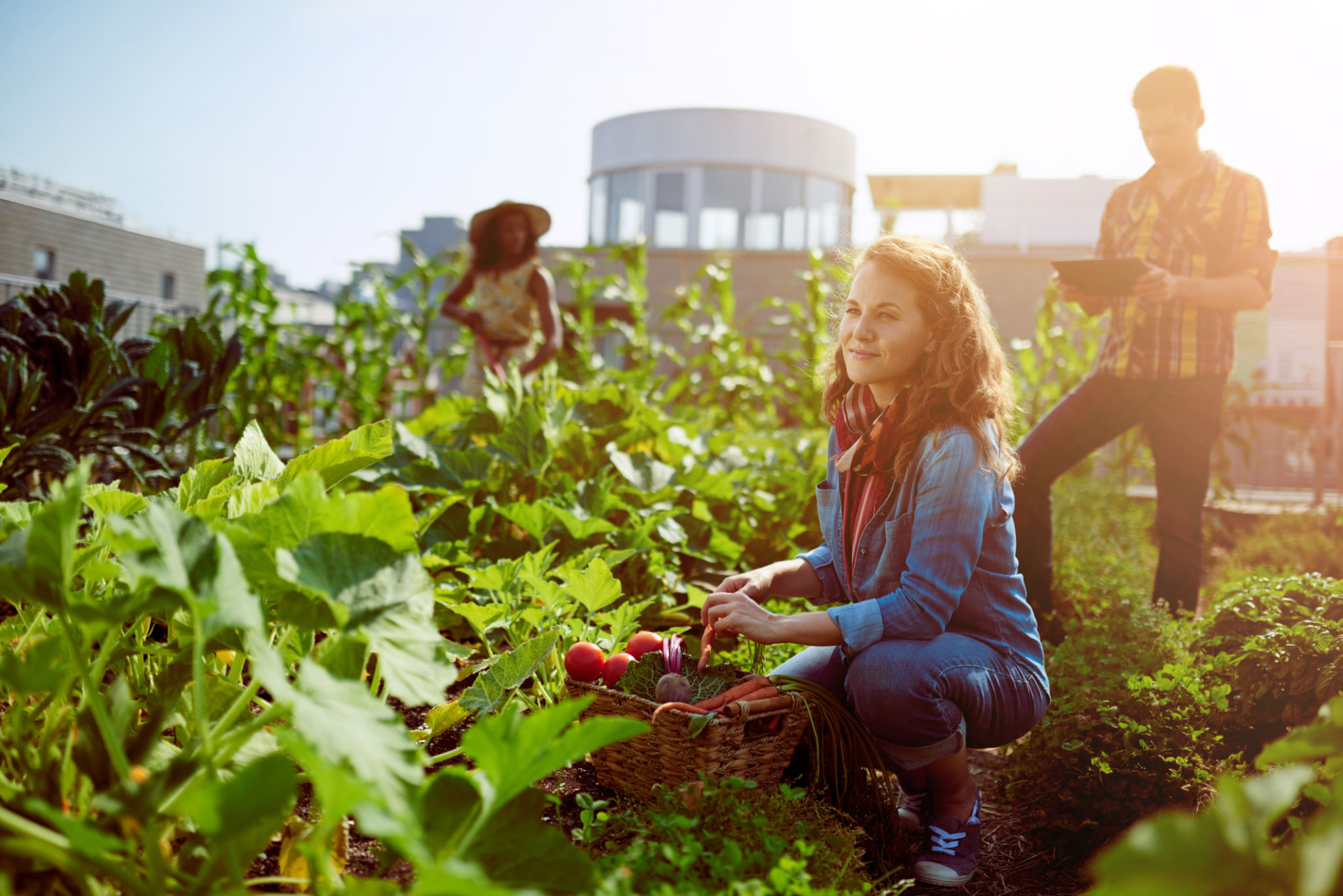Exploring the Latest Trends in Regenerative Farming in the Middle East
Introduction to Regenerative Farming in the Middle East
As the world continues to grapple with the effects of climate change, regenerative farming has emerged as a vital approach to sustainable agriculture. In the Middle East, where harsh climates and limited water resources pose significant agricultural challenges, regenerative farming practices are gaining traction. This innovative approach not only enhances soil health but also boosts crop yields and contributes to environmental sustainability.
Regenerative farming focuses on improving soil fertility by integrating techniques that mimic natural ecosystems. It emphasizes practices such as crop rotation, cover cropping, and reduced tillage, which are particularly relevant in arid and semi-arid regions like the Middle East.

The Role of Water Management
Water scarcity is a pressing issue in the Middle East, making effective water management a cornerstone of regenerative farming in the region. Farmers are increasingly adopting techniques such as drip irrigation and rainwater harvesting to maximize water use efficiency. These methods not only conserve water but also enhance soil health by preventing erosion and maintaining moisture levels.
Moreover, the use of innovative technologies like soil moisture sensors and automated irrigation systems helps farmers optimize water usage, ensuring that crops receive just the right amount of hydration. This is crucial for maintaining productivity while preserving precious water resources.

Integrating Livestock in Crop Systems
Another trend in regenerative farming in the Middle East is the integration of livestock into crop systems. This practice, known as agro-pastoralism, involves rotating livestock across fields to graze on crop residues and cover crops. The presence of livestock contributes to soil fertility by naturally fertilizing the land with manure.
This symbiotic relationship between crops and livestock not only improves soil structure but also enhances biodiversity. By integrating animals into farming systems, farmers can reduce their reliance on chemical fertilizers, promoting a more sustainable and resilient agricultural model.

The Impact of Biodiversity
Biodiversity plays a crucial role in regenerative farming, and Middle Eastern farmers are increasingly recognizing its importance. By planting a variety of crops and introducing beneficial insects, farmers can create a balanced ecosystem that naturally controls pests and diseases.
This approach reduces the need for synthetic pesticides and helps maintain soil health. Additionally, diverse cropping systems can improve resilience to climate stressors, ensuring more stable yields despite changing weather patterns.
Community Involvement and Education
Community involvement is essential for the success of regenerative farming initiatives. In the Middle East, collaborative efforts between farmers, local governments, and NGOs are driving positive change. Educational programs and workshops are being conducted to raise awareness about the benefits of regenerative practices.
By sharing knowledge and resources, communities can collectively work towards creating a more sustainable agricultural future. Empowering farmers through education ensures that they are equipped with the skills needed to implement regenerative practices effectively.

The Future of Regenerative Farming in the Middle East
The future of regenerative farming in the Middle East looks promising as more stakeholders recognize its potential to address environmental challenges while boosting agricultural productivity. Governments across the region are beginning to support policies that encourage sustainable farming practices, providing incentives for farmers to adopt regenerative methods.
As these trends continue to evolve, the Middle East could become a leader in sustainable agriculture, setting an example for other regions facing similar challenges. By embracing regenerative farming, the region can pave the way towards a more resilient and environmentally friendly agricultural sector.
